Whenever I go around the landscapes of high-tech city, I see people holding a resume in hand, lining up for the next job interview. In the current economy, there are few jobs and more unemployed personals. Well, education has not yet proved the right way to get jobs. A lot depends on the skill set of the candidate.
Well, keeping all these facts apart, Resumes are the first impression a candidate can make on the potential employer, and do not dishearten the power of the first impression. I am not going to go into the debate of the how first impression is so important. There are enough articles on the internet that discuss on how the first impression is important. You may also find articles that go the other way around, and tell you that how first impression is important, but not at all severe.
Resumes are the gateway between the employee and the employer. Resume carry the weight because it provides a glimpse the soul of the candidate, his/her achievements, his/her academic achievements and many more.
So, Is writing resumes tough or easy? That’s what we cover today, by answering a vital question of how to write a resume?
Want to see how great resumes look like? We have listed some of the best free resumes here. Oh wait! You can check more of the amazing collection of CV/Resume here.
Resumes can be tricky to build, but with small effort, you can make or break the deal. Always, remember that resumes are much like selling self for the job. With good resume, you can easily crack your first interview with the employer.
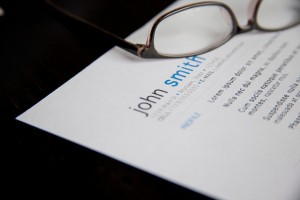
Before we move forward, we need to understand the what a resume is all about. The question of “How to write a resume?“, can never be complete without understanding the basics of resume, i.e. what they exactly represent in the job ecosystem.
What Resume is for!
Representing yourself as employable is the first main objective of effective resume building. Also, resumes showcase the potential employer that you are fit for the job and meet their requirements. By employable, I mean to say that you possess all the basic requirements for the job and not the other way around.
Resume is more than just a piece of paper, first it is showcasing the right qualification and education, and also proves valuable to put experience and skills to the potential employer. Another important aspect of grabbing the interview is to prove to the employer (through the resume) that you have the right attitude and professionalism to do the job correctly, with high accuracy and satisfaction.
Prior experience with the job type is an excellent way of showing that you love what you do.
How many pages should my resume be?
The question is tricky to answer. It’s not a good idea to have dozens of pages in your resume. No one has the time to go through all the information. Also, the general idea is to have two pages resume or a three pages resume (if you have a lot of academic or professional qualification to show-off).
One-Page resumes also work well as the concise information is welcomed by the hiring manager, saving their time.
But, never mistake clarity over the conciseness, it’s better to showcase all your achievements as this iteration can be the first or the last interaction with the potential employer. The right answer is to strike a balance such that you could showcase most of the information without making the resume bloated.
The Proper way of Ordering your resume sections and subsections
No universal guidelines are present on what comes first and what comes later, but it is advisable to follow the following order of putting sections and subsections into your resume:
- Contact Details – Never miss this vital information, without this, your resume is useless.
- Opening Statement – Tell them what you are in a sentence.
- List of Key skills – Listing key skills will only improve your chances of getting the interview.
- Software/Technical Skills – In the modern world, having technical skills is a must. List them to gain advantage over your competitors.
- Personal attributes – Tell them what you are and love to do.
- Educational Qualification – Tell them that you qualify for the job!
- Experience – Show prior experience in tabulated format.
- Reference – Tell them that you are backed by people.
The above listing is generally the standard approach, but in no way the perfect way to approach resumes building. Here, experimentation can be useful, keeping only one fact in mind, to showcase most vital information first.
Created One Resume, and I must feel proud!
Well, the truth is the reverse. You should tailor your resume so that it meets exactly what the employer wants! Changing sections such as Opening Statement, re-listing skills according to the job requirement are welcome. The key here is to provide the most vital information to the hiring manager.
- Other information that you can choose to modify are as follows:
- Opening Statement: Tailor it according to the job and industry wise.
- List the most relevant key first. Yes, I don’t want swimming skill for a running job.
- List relevant achievements first. State champion in running? Well, you just made your chances for the interview way more than other competitors.
- Target specific keywords in the resume, as most of the online portals scans, resume automatically for keywords and categories them accordingly. The keywords, that you should incorporate into your resume are Jobs, Activities, Tools, Software, and Skills. Try to use the keyword persuasively so that the search tool doesn’t take the resume as spam and neglect it from the whole system.
What you should not PUT on the Resume
There is a wild temptation to put everything on the resume and this type of mistake is generally done by fresher trying to impress the hiring managers. But, the reality is far away from fiction.
Putting unnecessary information on the table can cut down the dinner time to zero. Well, you get the point. Let’s list few of the elements that you should never put into the resume.
Personal Information
Other than mobile number and email id, other forms of personal information such as birthday, gender, address, ailments or disabilities(some jobs needs to mention the ailments, so choose wisely) or your health status.
Factual Errors or Typos
Typos are the biggest turn-off for the hiring managers. The reason is simple; they just don’t want to hire someone who makes mistakes in resumes. The volume of this small mistake is even louder than other big mistakes.
Also, make sure that you don’t provide other types of factual errors, which might include putting wrong GPA on the resume. The company will always find out that the information given to them is wrong and can lead to termination or penalty.
Bling-Bling Effect
If you are not a designer or a creative professional, stay clear of using graphics or images on your resume. If you use images on your resume, it will be discarded at the first site.
Other Vital points that you need to keep in mind
- Do not use content in headers
- Do not use fancy formatting, stick to standard fonts such as Arial, Calibri, and Verdana etc.
- Information in tables is useful, but some HR have difficulty scanning the document. Ignore tables as much as you can.
- Using PDF is great but, some recruiter’s software cannot scan PDF, so choose word format for applying to online portals.
The Final Step
You followed all the steps and the output is an amazing resume. But, before jumping on the conclusion, share your resume with your peers so that they can provide vital feedback, and help you improve the resume in a good way.
You can check some of the listed resumes on BFWR.
Do you have something to add to the story? Comment below and let us know!
Feature Image Source: Flickr
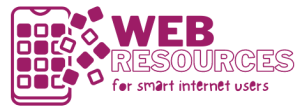
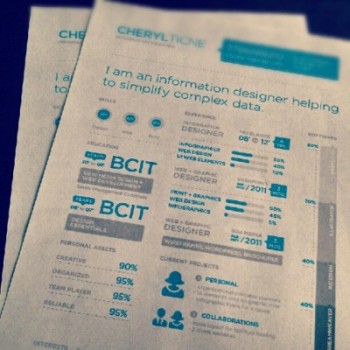
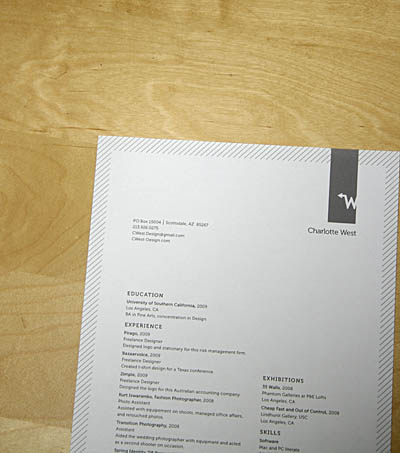
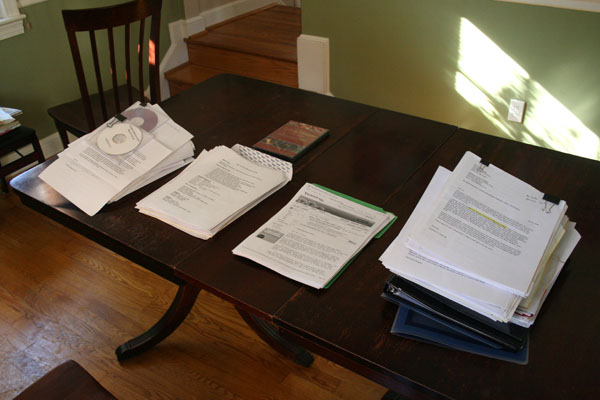
Thanks for sharing 🙂
I’ve found out that the most important question to answer for yourself is WHY do you want it – as soon as you know that you can just GO for it with full confidence.